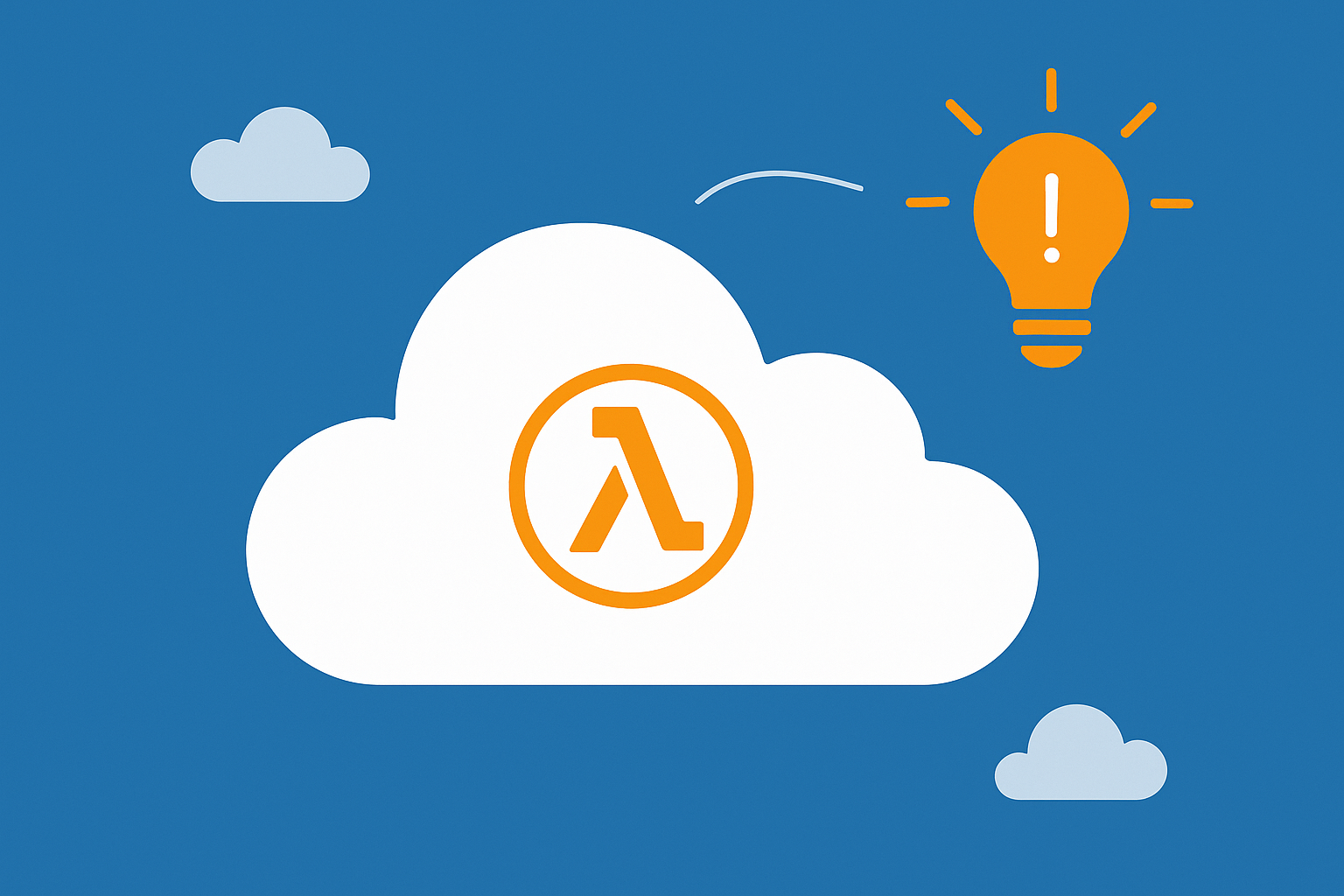Common Misconceptions about AWS Lambda

- The Lambda function cold start is free. Soon, Not anymore. Effective August 1, 2025, cold start will be charged (surprised it took this long)
-
The Lambda function scaling is infinite. No. Check your account limits. If you open a new account, you will get 10 concurrent executions by default. You need to request more concurrent executions.
-
The Lambda function scaling is instant. No. Lambda has a limit on how fast your functions can scale. Your instant execution environment instance is 1000. And in every 10 seconds, Lambda will scale up to another 1000 instances. Note that the first instant 1000 instances are more than enough for most use cases.
-
The Lambda function is only meant for small tasks. No. The lambda function can run for up to 15 minutes. The max function memory is 10GB. The memory is not just a number but a controller for the performance of a lambda function. When you increase the memory, it also increases the CPU credits. Be cautious with memory usage. For example, most of the time, 512 MB is preferable to 256 MB or 128 MB, which results in more CPU credits, faster execution, and potentially lower costs. Increasing memory alone will not always be the most cost-effective solution.
-
The Lambda layers improve cold start. No, it does not. It may improve your development/testing time, but the performance will not be better.
Conclusion
Understanding these misconceptions about AWS Lambda is crucial for building efficient serverless applications. By being aware of these limitations and capabilities, you can make better architectural decisions and optimize your Lambda functions for both performance and cost.
Useful links
Frequently Asked Questions
When exactly does the new cold start billing take effect?
Starting August 1, 2025, AWS will charge for Lambda initialization (cold start) time. This applies to all runtime environments and will be billed separately from execution time. The initialization duration is typically 100-500ms depending on your runtime and dependencies.
How can I minimize the impact of cold start billing?
Focus on reducing initialization time by minimizing dependencies, using lighter runtimes (like Node.js or Python), implementing connection pooling, and avoiding heavy frameworks. Consider using Provisioned Concurrency for critical functions that need consistent performance.
What should I do if I hit the 1000 concurrent execution limit?
Contact AWS Support to request a limit increase. However, review your architecture first. If you're hitting 1000 concurrent executions regularly, consider if Lambda is the right choice or if you need to implement queuing, batching, or other patterns to manage load.
How do I determine the optimal memory setting for cost vs performance?
Start with 512MB as a baseline, then monitor CloudWatch metrics for duration and memory utilization. Higher memory allocates more CPU, often reducing execution time. The sweet spot is usually where the cost reduction from faster execution outweighs the higher memory cost.
Are Lambda Layers worth using if they don't improve cold start performance?
Yes, but for different reasons. Layers help with code organization, sharing common dependencies across functions, staying under deployment package size limits, and separating business logic from dependencies. Use them for maintainability, not performance.
When should I consider alternatives to Lambda?
Consider containers (ECS/EKS) or EC2 for long-running processes, high-throughput applications needing consistent sub-100ms latency, applications requiring more than 15-minute execution time. Right tool for the right job.
Next steps
Want to deploy Lambda functions that follow best practices out-of-the-box?
👉 Explore the Scale to Zero AWS Kit and start shipping production-ready serverless apps today.
